Pokémon Sword and Shield mark the beginning of the eighth generation of Pokémon games, the first major refresh of the franchise since Sun and Moon released in 2016 on the 3DS. The new duo of titles is also the first time a brand-new, main series Pokémon game launches on the Switch (last year’s Let’s Go was still mostly based on Pokémon Yellow).
On top of that, after last year’s experiment with Pokémon Let’s Go, Game Freak now has more experience with the Switch hardware, so I had pretty high hopes for these titles. Thankfully, for the most part, the developer delivered.
World and characters
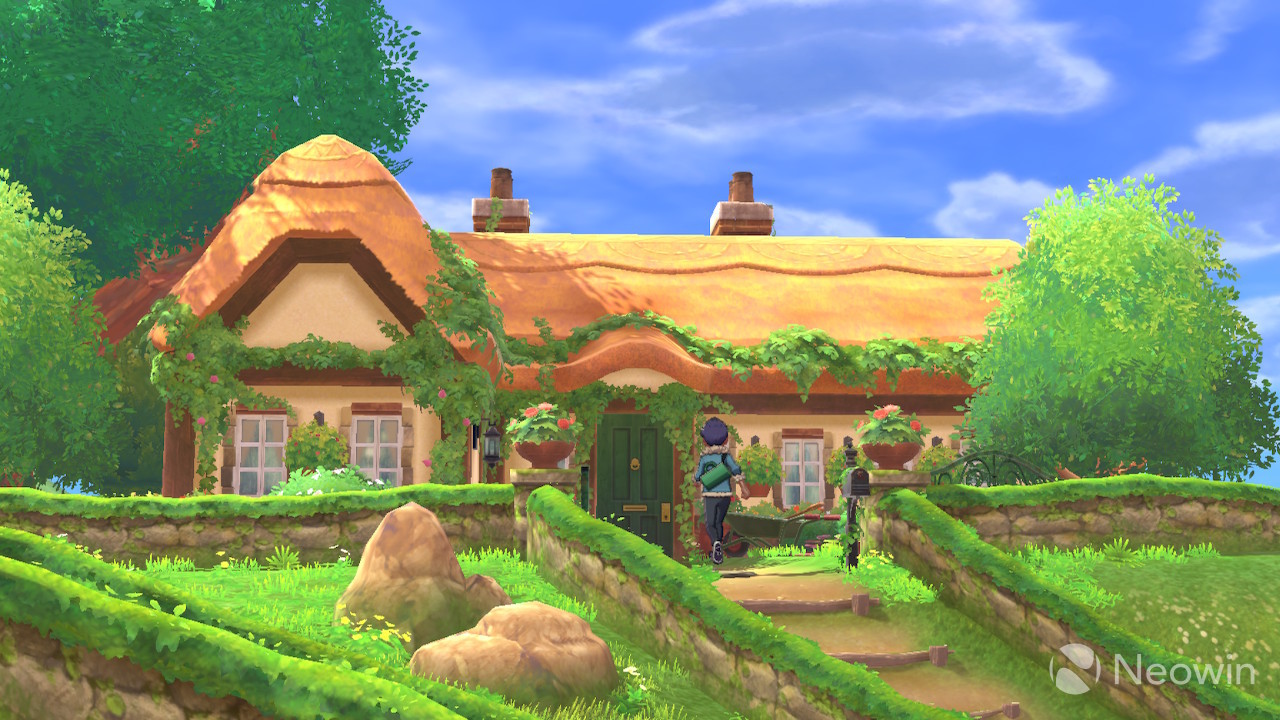
Pokémon Sword and Shield take place in the new Galar region, which is inspired by the United Kingdom. As with most Pokémon games, the main character starts their journey in a small town with a friendly rival who has the same goal as them - becoming the regional Champion. For the most part, this challenge consists of the same aspects as before: beating a set number of gym leaders before qualifying for the final challenge.
There are are some notable changes, though. The gym challenge has gotten some inspiration from Sun and Moon’s implementation, introducing different kinds of challenges to a gym, like guiding sheep towards a specific place. The final portion of the challenge also changed somewhat, though in practical terms it works out pretty similar to what you’d find on previous titles. These changes have to do with the plot, and frankly, they feel very refreshing.

In fact, the entire story of the game, and the way the characters develop is a much-needed breath of fresh air. From the beginning of the adventure, the story is told differently than what I’d expect from a Pokémon game. At some points, I got more of a Zelda vibe from it, and that’s a fantastic thing. The plot is presented in a much more cinematic way than before, too.
I mentioned the characters’ development above, and there’s a good reason for that. This game has, by far, the best characterization of any Pokémon game, especially in recent years. Let’s look at the main character’s rival, for example. For the past few games, it has felt like rivals have turned not just more friendly, but also even unambitious at times. This is a problem because it's hard to get the motivation to beat a rival when it feels like they’ve accepted defeat from the start. Pokémon Sword presents an ambitious, yet still friendly rival, but also a separate rival that’s arrogant and pretentious, giving the player just the right motivation to crush them in battle.
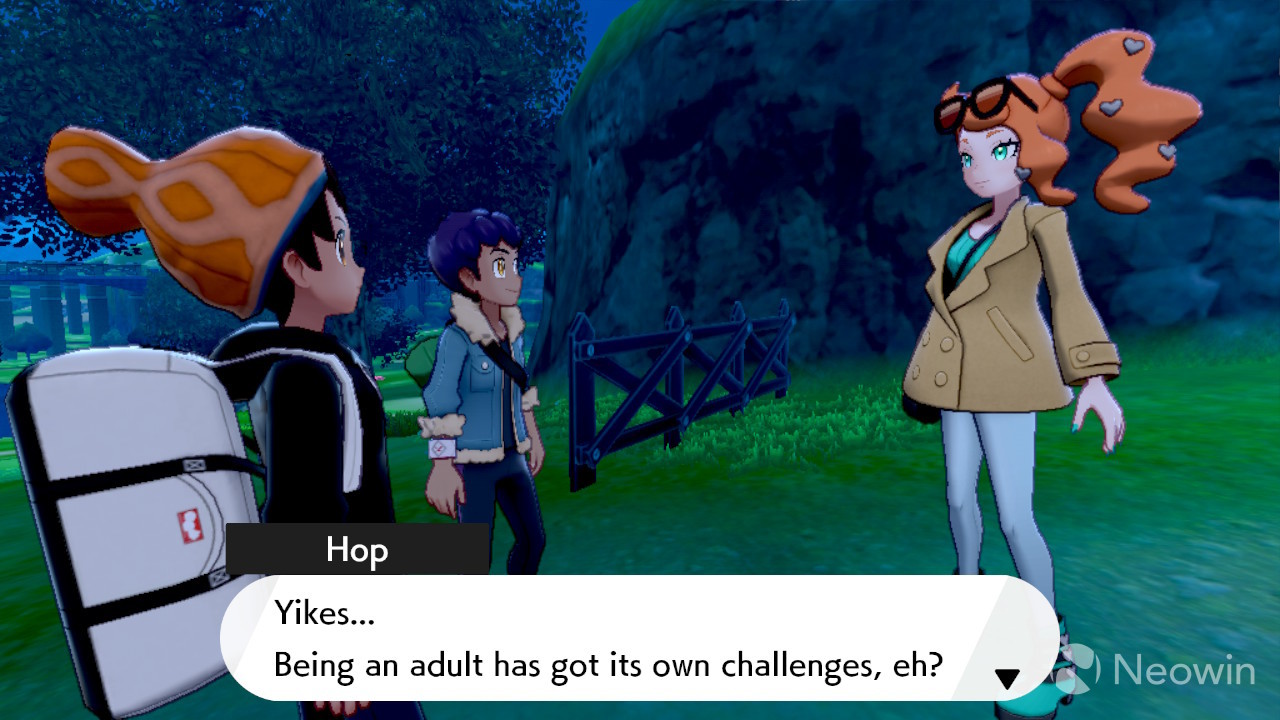
Aside from this fundamental change, Pokémon Sword also brings with it characters that truly change over time. It’s very rare for a Pokémon game to see characters evolve their personalities and roles throughout the story, but this one does it for many characters, and that’s just fantastic to see. It’s still Pokémon, so don’t expect any Oscar-worthy characters, but it’s easily the best Pokémon game in this regard.
Gameplay mechanics and content
Last year’s Pokémon Let’s Go made a lot of changes to how the core gameplay of the games work, and while I appreciated them for what they were trying to accomplish with that game, I warned that some of those changes would have to be reverted in future games. Game Freak delivered to near perfection in this regard, too.

Let’s start with the basics. Catching Pokémon is no longer based on Pokémon GO's mechanics, and you once again have to weaken a Pokémon before catching it. You don’t have to physically wave your Joy-Con to throw a Poké Ball, and you can’t throw berries at Pokémon to make them easier to catch. You have plenty of different Poké Balls, though, which offer advantages in various situations. Battling itself is also back to its former glory, with held items, abilities, and the majority of moves making a return.

Speaking of moves, Hidden Machines (HMs) are still nowhere to be found, and Technical Machines (TMs) still work mostly like before. However, there’s a new kind of item called Technical Record (TR), which is harder to get, but also breaks upon use, so you can’t teach the same move over and over using the same item. This forces the player to be a little more careful about the way these items are used, and while I’m not necessarily in favor of that, I understand wanting to add that layer of challenge to the way items are managed.
Making a return are effort values (EVs), which were absent in Let’s Go, to help determine a Pokémon’s stats alongside individual values (IVs) and natures. The games now offer easier ways to improve the stats of a Pokémon, like Poké Jobs that can increase EVs even while the player isn’t actively playing the game, or Mints that change the effect of a Pokémon’s nature. Changes like this make the competitive scene more accessible without consuming as much of players’ time. Unfortunately, though, there’s no longer an easy way to check a Pokémon’s IVs.

There’s been a lot of backlash over the fact that many Pokémon from previous entries are not included in this game, and while this is understandably upsetting, I ended up feeling like this wasn’t a problem at all. In my many years of playing Pokémon, I have not once completed the entire Pokédex, so this is a sacrifice I’m very much willing to make. Besides, the new Pokémon introduced in this game are generally great, as are the new forms for existing species.
One of the big news in this game is the ability to Dynamax Pokémon, which is to say, make them gigantic. This ability replaces both Mega Evolutions and Z-moves from recent games, and it combines aspects of both. Dynamaxed Pokémon are stronger, and their moves also get powered up. They can also take on a different form when Dynamaxed, in which case they're called Gigantamax Pokémon.
_full.jpg)
One thing that’s mostly been retained from Pokémon Let’s Go is also one of my favorite features from it - the ability to see Pokémon right in the overworld before heading into battle with them. This is an improvement that can’t be understated, and it makes it so much better to move through the world. You can choose much more easily which Pokémon you actually want to battle, and avoid them if you don’t want to.

But Game Freak has added some twists that make this even better. For one thing, Pokémon now react to your presence, and some of them can run away, while others might run after you, adding a new layer of depth to how you approach Pokémon in the overworld. In addition, some Pokémon are still hidden in patches of rustling grass or fishing spots. Pairing this with the Pokémon that are visible in the overworld is actually even better because now, instead of running from grass, when you see some grass moving, it actually makes you want to know what’s in there. The entire experience just feels a lot better this way.
Aside from that, getting around the game is now generally much easier. Movement is about as freeform as in the more recent titles, but walking is faster now, and you no longer have a dedicated button just for running. Additionally, the bike in this game can even be used for traversing water, making transitions between water and land completely seamless. Text transitions are faster now, and some animations, like evolutions, have been shortened, making the game feel a lot more snappy.
Visuals and audio

It wouldn’t be fair to talk about this game’s graphics without mentioning that it is gorgeous, at least most of the time. Yes, there are some unpleasant textures in certain parts of the game, but in general, things look fantastic. Cities and towns are all unique and charming in their own way and characterized very effectively. These visuals also play into the cinematic feel of the game’s cutscenes, contributing to a more immersive experience.
However, there are some things that I feel are truly disappointing, specifically in battles. For example, battle backgrounds are very often not an accurate representation of the location where the player is. I understand that it would be difficult and unnecessary for the game to have a different background for every small movement within the same area, but I felt very disappointed that some battles didn’t come with more unique backgrounds that look like the place they’re taking place in, especially when they're part of the game's story. It’s always nice to notice that bit of extra effort when a battle starts, and I wish I felt it more often in this game, even though it still happened at times.
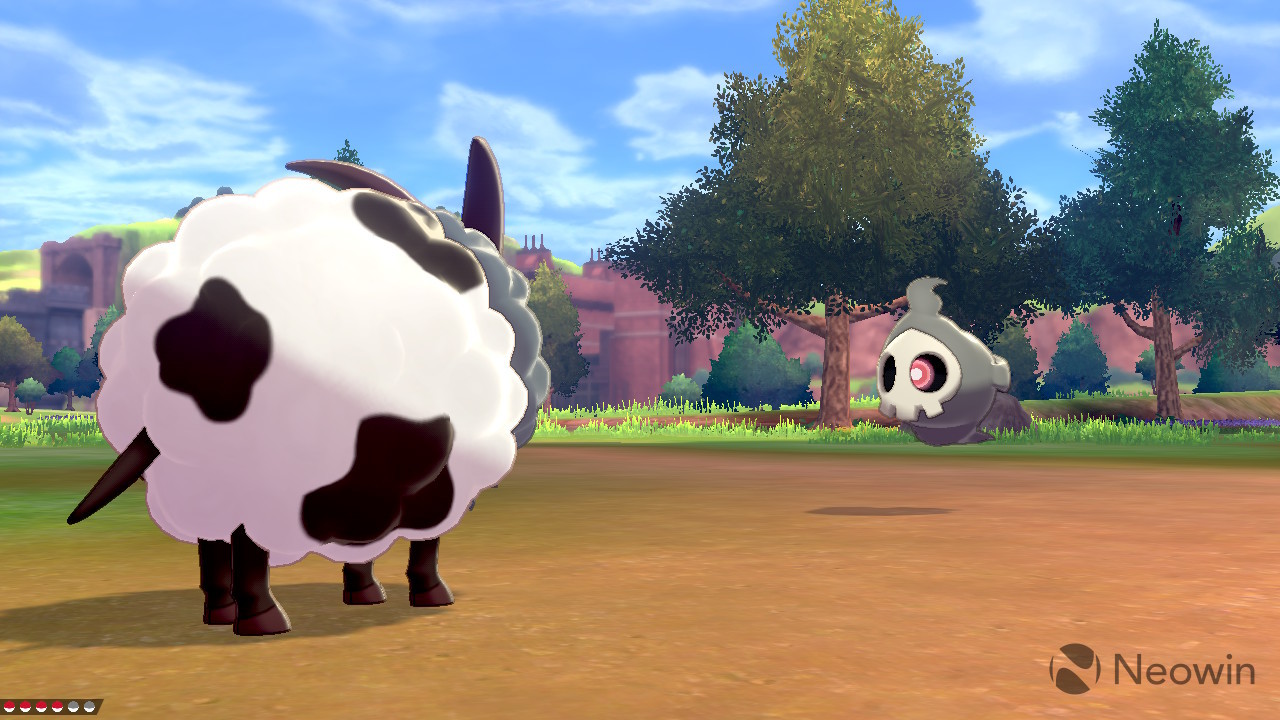
Also upsetting is the fact that animations for some of the moves have remained so basic. In fairness to Game Freak, many of them have also improved, but it just seems ridiculous that certain things look the way they do. I remember yearning for the day when main series Pokémon games would look more like Pokémon Battle Revolution on the Wii, and I’m sad to see that we’re still not there over 10 years later.
Like I said, for many moves, animations have gotten a lot better, and I think credit needs to be given for how much nicer the game looks, considering Pokémon games are released on an annual basis. However, maybe if new games weren’t released every year, there might have been more time to polish the game’s visuals, so I hope the team learns something from franchises like Assassins Creed.
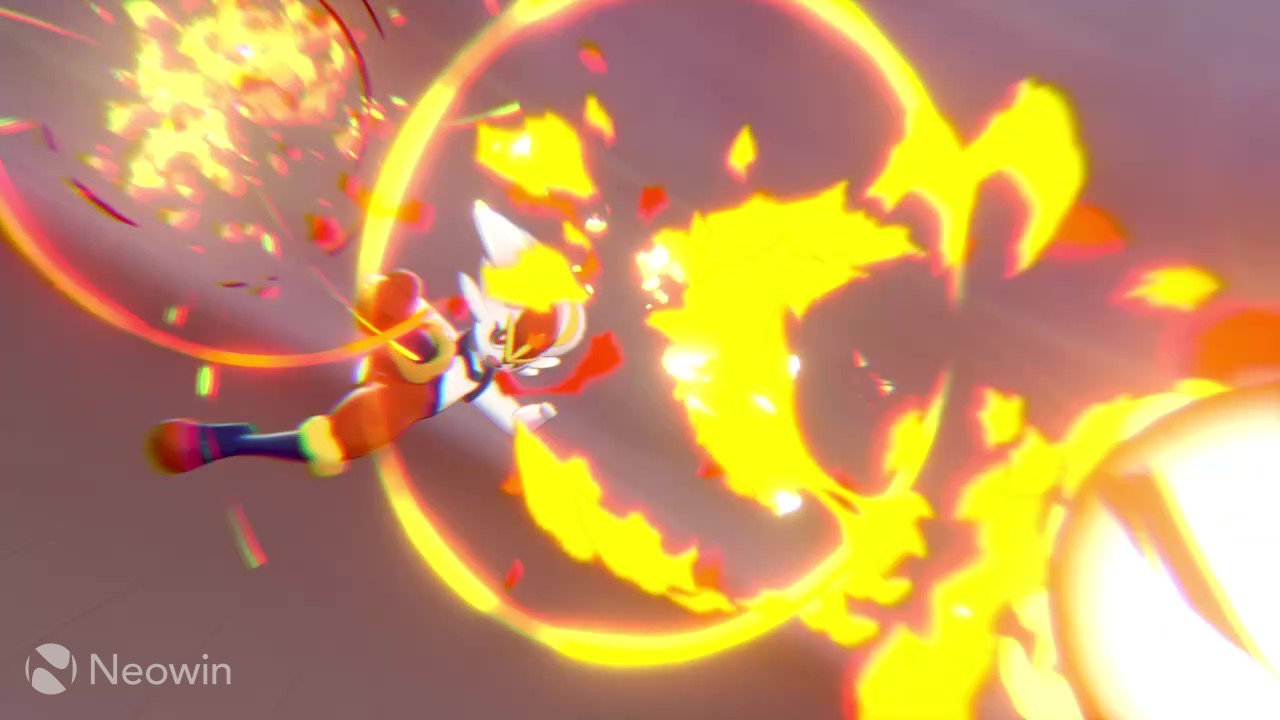
As far as the soundtrack goes, I have no qualms about saying this is my favorite Pokémon game ever in that regard. So many of the game’s music tracks are so great, especially the ones for battling gym leaders. In those situations, the music is intense and upbeat, and it really fits the high-stakes situation you’re in. In general, every track feels richer than in previous games, possibly thanks to the better hardware of the Switch.
The Wild Area and online play
The biggest standout feature of this game is the Wild Area, which spreads out through a large portion of the Galar region. It does a few unique things for a Pokémon game, starting with basic mechanics like being able to control the camera for the first time.

I found the Wild Area so entertaining, I spent dozens of hours roaming through it. It’s a massive space with tons of different Pokémon across different locations, so I kept going around to catch as many as possible. I couldn’t catch them all, though, because there’s now a restriction on which Pokémon you can catch depending on how many gym badges you have. This creates an interesting dynamic because now you might be heading into a battle you're completely unprepared for.
The Wild Area also serves as a hub for multiplayer activity. If you choose to connect to the internet, you’ll start seeing other players populating the Wild Area. You can’t interact with them in real time, but talking to them can get you food items which can be used for making curry in Pokémon Camp.
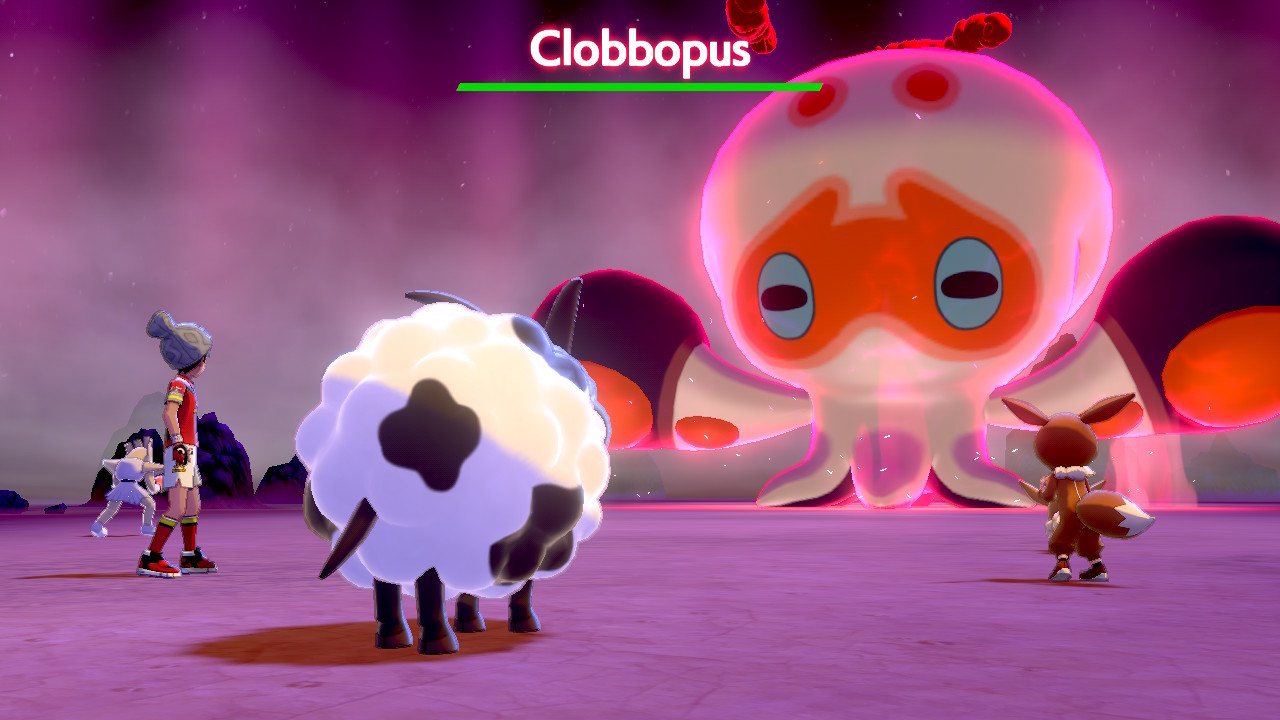
The Wild Area is also home to Max Raid Battles, which take place in dens scattered throughout the area. Up to four players can team up, online or locally, to face off against a Dynamax Pokémon. Pokémon found in these dens can also come in unique Gigantamax forms, or with enhanced stats. Special Pokémon can even be distributed through special events, which could be a great way to keep the community engaged over time.
Unfortunately, a lot of the online gameplay is undermined by connectivity issues and other problems. In the Wild Area, being connected to the internet can cause a lot of stuttering, which at first made me think the game just has a poor frame rate. And for Max Raid Battles, it’s surprisingly hard to find people to play with, thus many times I’ve ended up teaming up with NPCs, which isn’t as fun. The idea has a lot of potential, and I hope to see it improved, but the execution just isn’t there yet.
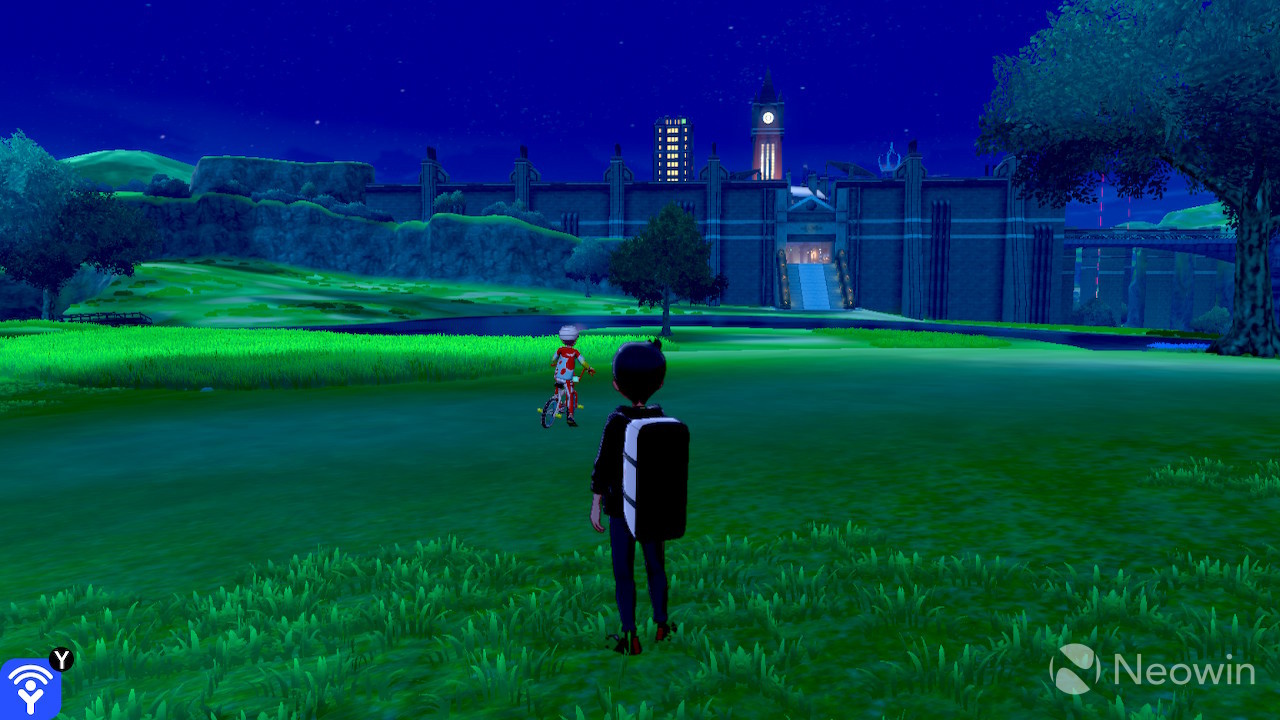
Online communications, enabled by a feature called Y-Comm, can be enabled constantly throughout the game, making it possible to battle and trade with players from around the world at any given time and these seemed to work well enough. You can also play ranked battles through the VS feature in the menu. However, only the Wild Area can display other players in your game world.
Conclusion
In most ways, Pokémon Sword is as good or better than I would have expected. Between the fantastic soundtrack, interesting characters, more cinematic storytelling, generally great visuals, and cool new Pokémon, it’s easily my favorite game in the franchise. On top of that, small improvements like faster movement and a more accessible competitive scene are very welcome.
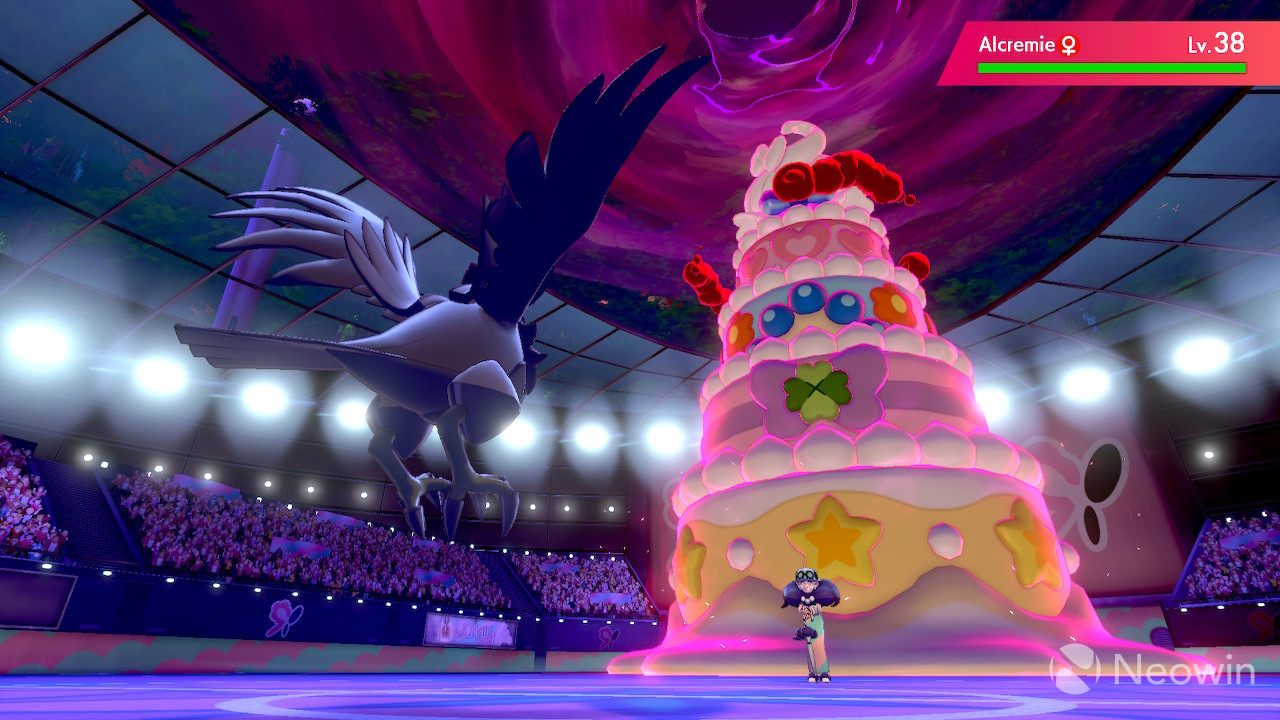
It can be easy to overlook some of these improvements in light of some of the downsides. The reduction in the number of available Pokémon was very upsetting to some fans, and I also understand that the game’s visuals, specifically in battles, could have been more refined if more time was given. But that all seems to fade away once you let yourself get into all the great things the game has to offer. I also wish the multiplayer aspect of the game was more stable, but I'm still happy to see some groundwork being laid.
This review was done using a physical copy of Pokémon Sword, but the opinions written in the article should apply to Shield as well, since the games are essentially the same. You can get both Pokémon Sword and Pokémon Shield from Amazon.









6 Comments - Add comment